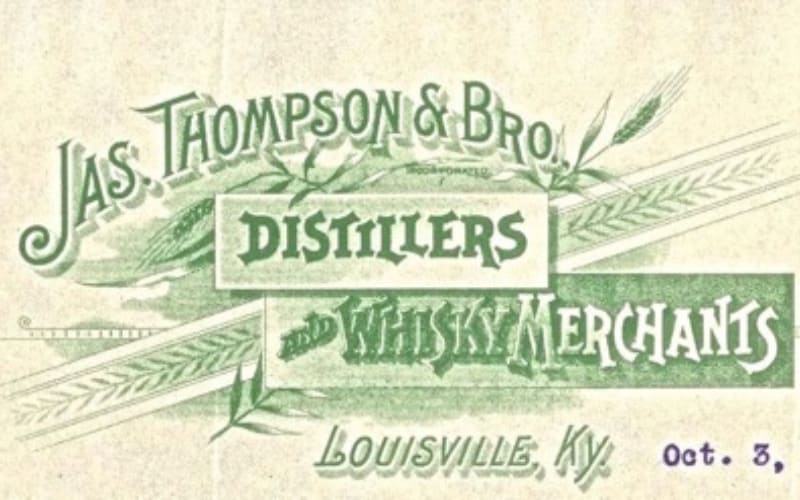Whiskeys Legal Whiskey During The Prohibition
Whiskeys Legal Whiskey During The Prohibition

Let’s take a trip back to the 1920s when the U.S. went all dry with Prohibition, banning booze left and right. But here’s the kicker: some whiskey was still totally legal, thanks to a sweet loophole for "medicinal" purposes. Doctors could prescribe it, and a few distilleries kept the good stuff flowing. This listicle spills the tea on the whiskeys that stayed legit during those wild years. From Kentucky’s finest to some sneaky operations, here’s the lowdown on the legal juice that kept folks buzzed when the law said no.
1. Brown-Forman’s Old Forester

Brown-Forman, the folks behind Old Forester, were one of the six distilleries that scored a license to sell whiskey for medical use. Their bourbon was prescribed for everything from a sore throat to just feeling blue. It was bottled at 100 proof, so you know it packed a punch. I remember my grandpa telling me how his uncle would “get a prescription” every month—wink, wink—and swear it cured his aches.
2. Frankfort Distillery’s Buffalo Trace

Frankfort Distillery, now known as Buffalo Trace, was another big player keeping the whiskey game alive. They bottled their juice under the George T. Stagg label, and it was a hot ticket for doctors handing out scripts. This stuff was legit high-quality, aged bourbon, not some bathtub swill. You could feel fancy sipping it, even if you had to fake a cough to get it.
3. A. Ph. Stitzel’s Old Fitzgerald

A. Ph. Stitzel Distillery, run by the legendary Pappy Van Winkle Sr., was slinging Old Fitzgerald during Prohibition. This whiskey was a fan favorite, smooth as heck, and often sold in pint bottles with a green tax stamp to prove it was kosher. Pharmacies were basically bars back then, and this was their top-shelf pick.
4. Schenley Distillery’s Golden Wedding

Schenley Distillery was pumping out Golden Wedding rye whiskey, which was a go-to for folks with a “prescription.” It had that spicy kick rye fans love, and since Schenley was one of the big dogs with a license, it was everywhere. People would legit bribe pharmacists for a bottle—talk about dedication to the cause!
5. American Medicinal Spirits’ Old Charter

American Medicinal Spirits, which later became National Distillers, was cranking out Old Charter whiskey. This bourbon was a solid choice for anyone looking to “cure” their ailments, with a rich, oaky vibe. Fun fact: they had so much stock piled up before Prohibition, they were swimming in it. Kinda makes you jealous, right?
6. James Thompson & Brother’s Glenmore

James Thompson & Brother, later called Glenmore Distillery, was the underdog of the legal whiskey crew. Their stuff wasn’t as famous, but it still got the job done for folks needing a “medicinal” fix. It was mostly sold in Kentucky, so it had a local cult following. I tried a modern Glenmore once, and man, it took me back to imagining those sneaky Prohibition days.
7. Laphroaig’s Smoky Surprise

Okay, this one’s a bit of a wildcard, but Laphroaig, a Scotch whisky, was reportedly sold in the U.S. as “medicinal” because it tasted so intense, nobody thought it was for fun. That peaty, smoky flavor was like drinking a campfire, but it kept the party going legally. I tried Laphroaig at a tasting event once and nearly coughed my lungs out—definitely medicinal!
More Galleries